
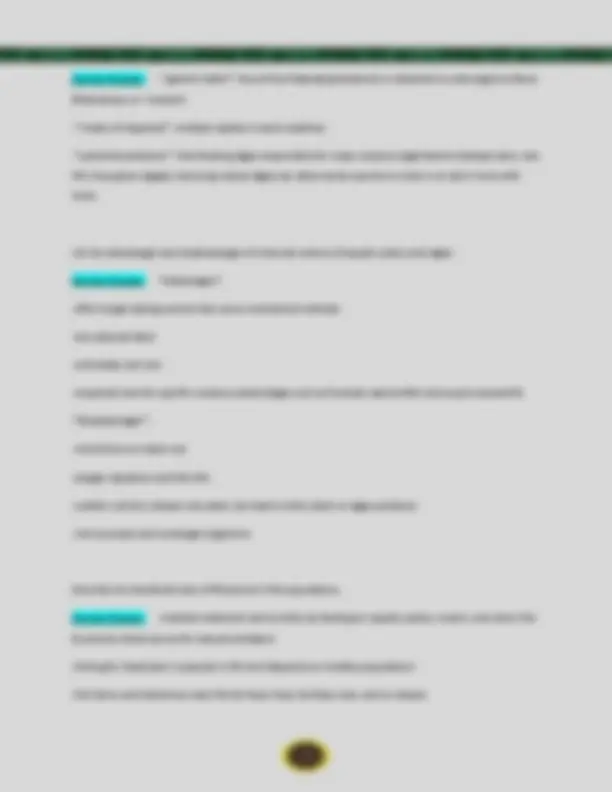


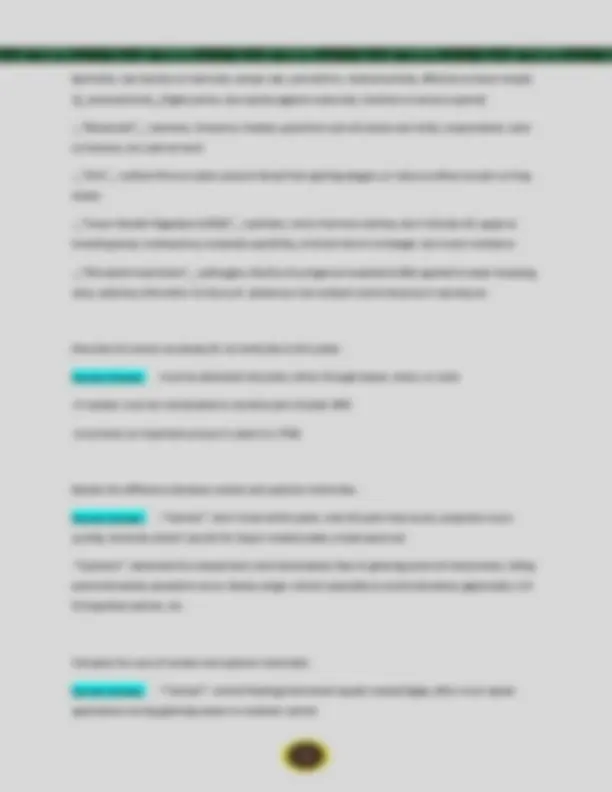
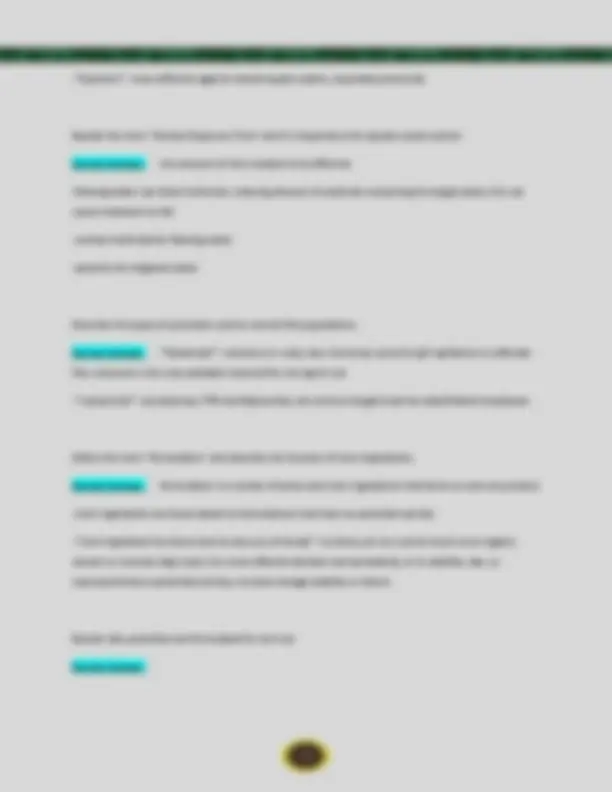
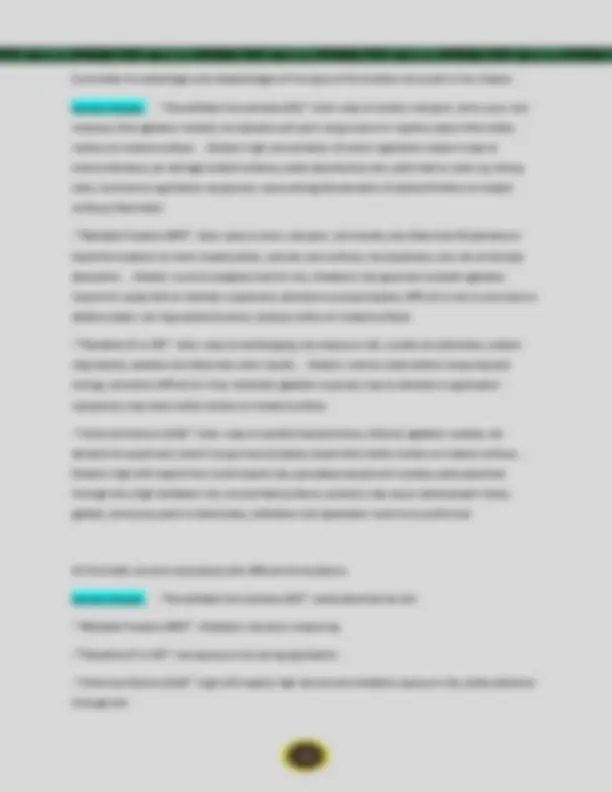





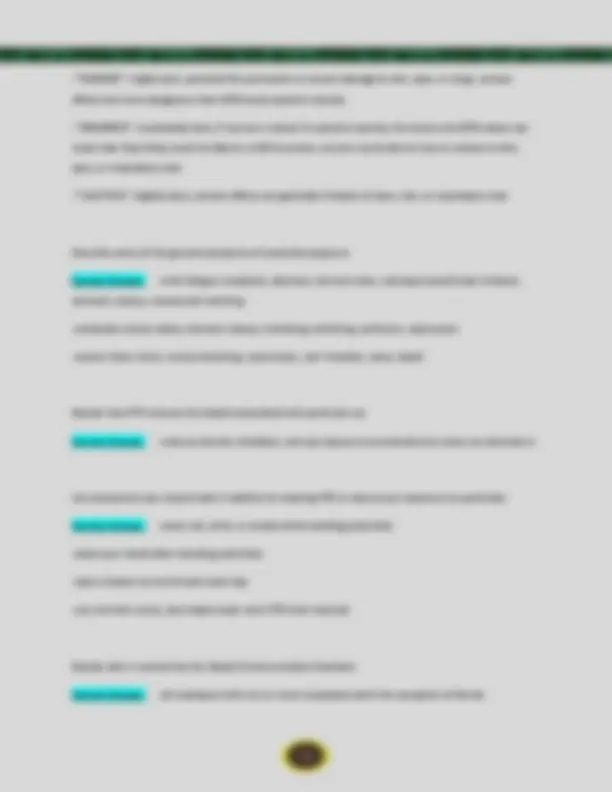

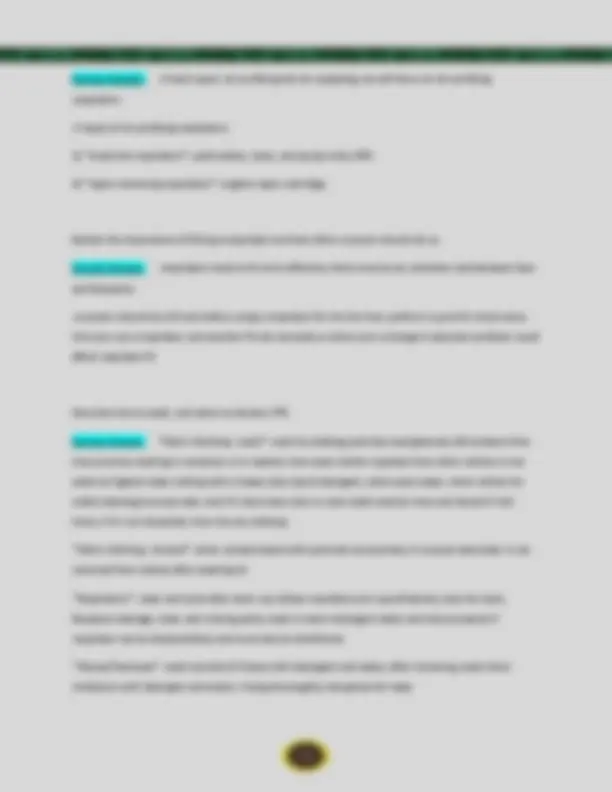



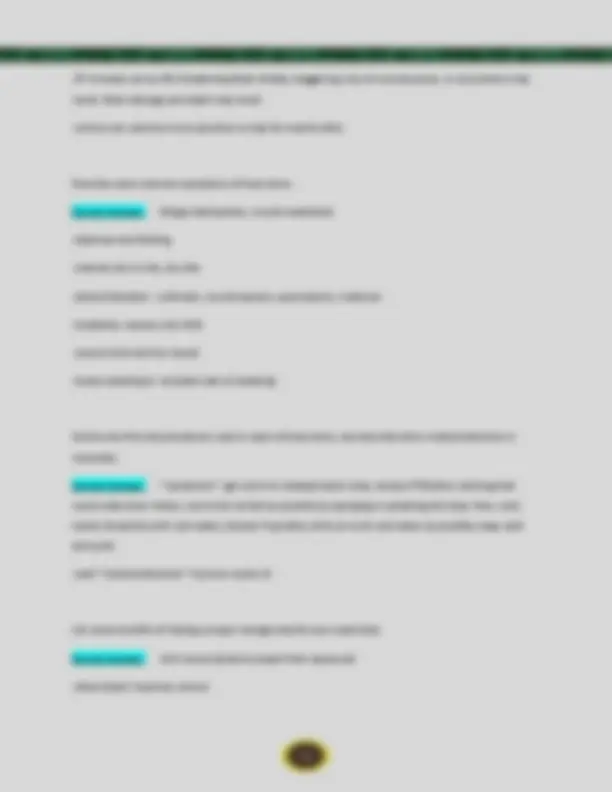




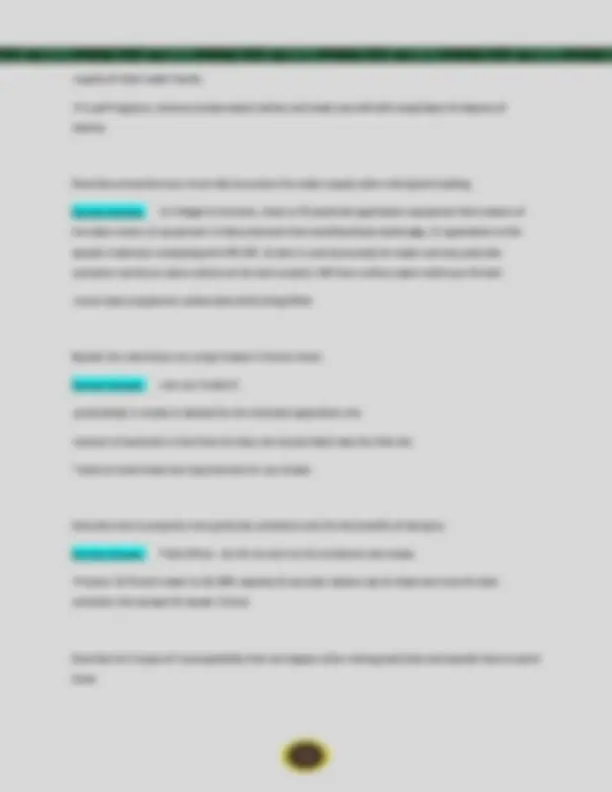










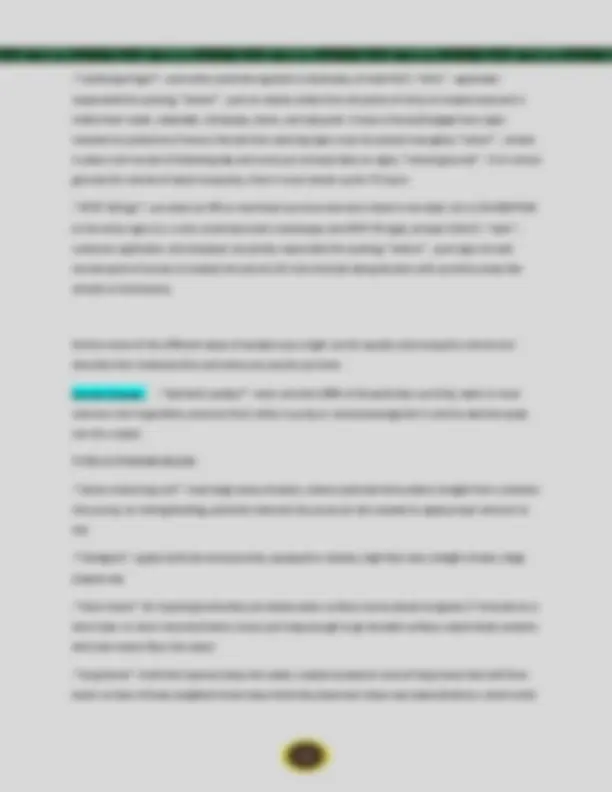
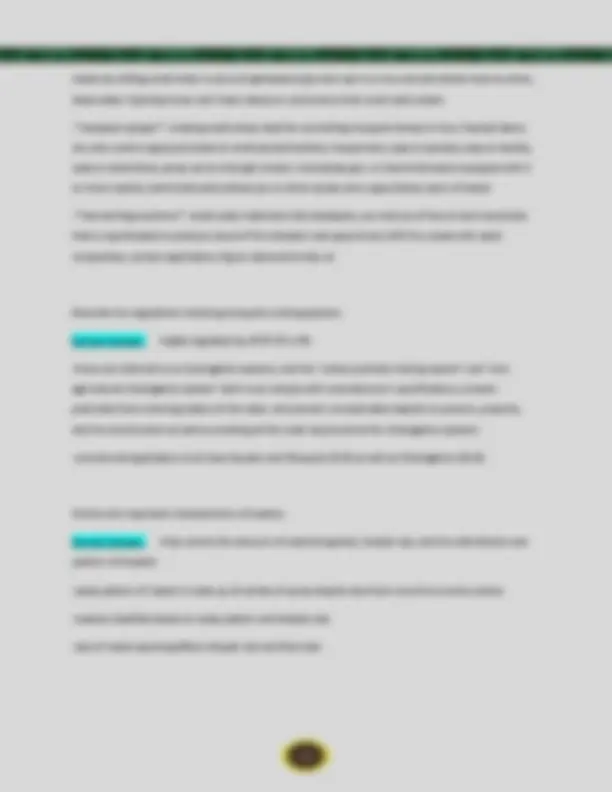









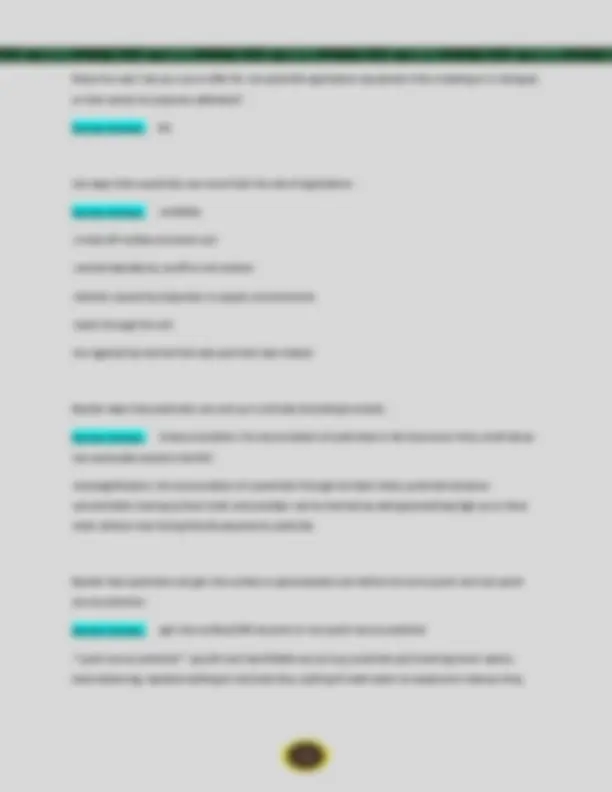


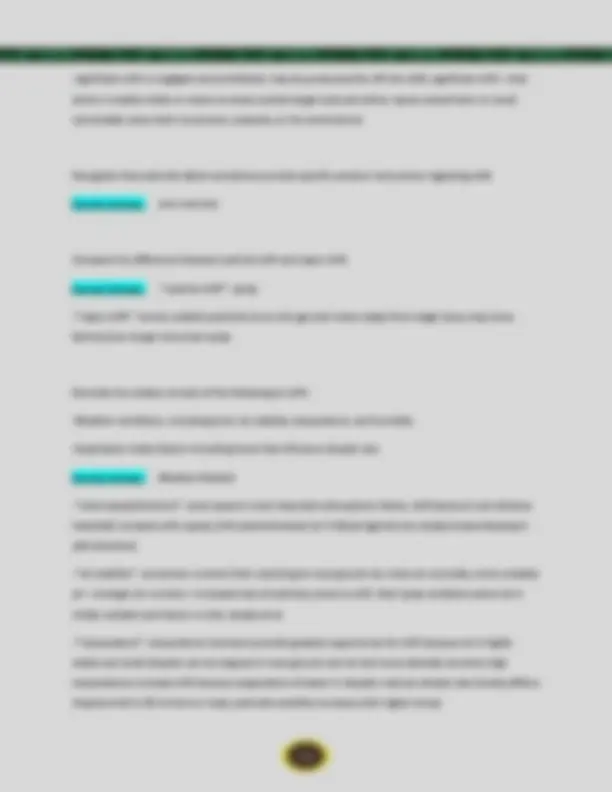



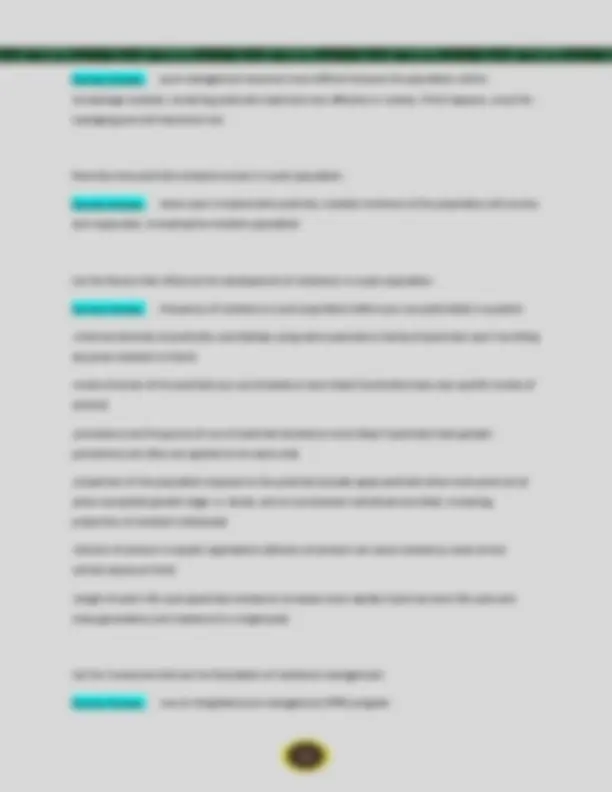



Study with the several resources on Docsity

Earn points by helping other students or get them with a premium plan


Prepare for your exams
Study with the several resources on Docsity

Earn points to download
Earn points by helping other students or get them with a premium plan
Community
Ask the community for help and clear up your study doubts
Discover the best universities in your country according to Docsity users
Free resources
Download our free guides on studying techniques, anxiety management strategies, and thesis advice from Docsity tutors
A comprehensive set of questions and answers related to aquatic ecosystems and mosquito control. It covers topics such as the roles of plants in aquatic ecosystems, the effects of excessive plant growth, the growth habits and dispersal of various aquatic plants and algae, the advantages and disadvantages of chemical control, the beneficial roles of fish populations, the reasons for fish control, the mosquito life cycle, mosquito-transmitted diseases, and pesticide characteristics. Valuable for students studying environmental science, biology, or related fields.
Typology: Exams
1 / 61

This page cannot be seen from the preview
Don't miss anything!






















































List the roles plants play in a healthy aquatic ecosystem. Correct Answer: - producing oxygen
List 5 types of situations in which fish control may be warranted Correct Answer: - eliminating undesirable or competing fish from fish rearing ponds
(synthetic, low toxicity to mammals, except cats, permethrin, residual activity, effective at lower temps) 3)neonicotinoids (highly active, low toxicity against mammals, interfere w nervous system)
Summarize the advantages and disadvantages of the types of formulation discussed in this chapter. Correct Answer: - Emulsifiable Concentrates (EC): Advs: easy to handle, transport, store, pour, and measure; little agitation needed; not abrasive and won't plug screens or nozzles; leaves little visible residue on treated surfaces ... Disadvs: high concentration of active ingredients makes it easy to over/underdose; can damage treated surfaces; easily absorbed by skin; spills hard to clean up; strong odor; corrosive to application equipment; cause pitting/discoloration of painted finishes or treated surfaces; flammable
List conditions when the DNR can stop or limit an application even after you have received a permit. Correct Answer: - treatment is ineffective
Correct Answer: - Mandatory and Advisory Statements: says things you must follow (mandatory) and recommendations for BMPs or improved safety (advisory)